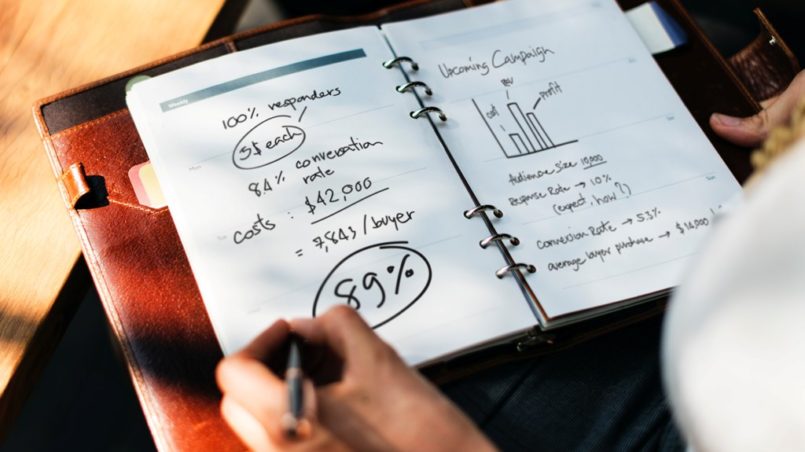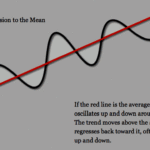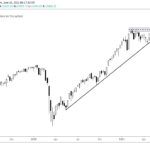There are plenty of trading systems available on the internet and there are many trading systems providers.
But how do you know which ones are going to be potentially profitable? Well, it’s a tough task but I have outlined a few guidelines to assess trading systems which have a better chance of being successful in the future.
1. Premise of the strategy:
The most important factor in any trading system is the premise or philosophy or logic on which it is built. The systems must be able to identify certain fundamental behaviors which are inherent to any market.
Example could be trend or momentum or mean reversion etc. If there were no trends, there wouldn’t be any markets. Similarly, reversals are also part of the markets which keeps on occurring from time to time.
Magnitude of these behaviors could be different over multiple time periods but they are natural to any markets.
If the trading system is build on the repetitive behaviors of the market, it’s most likely to work in the future.
At DYR, I like the Hybrid approach. I would like to have at least one strategy for different kind of fundamental market behaviors we talked about earlier. Ideally you should have one strategy to take advantage of longer term up trend in markets, one strategy to take advantage of corrective & range bound markets & probably one strategy for bear markets.
All these strategies will have very low correlation to each other & would improve our risk adjusted returns.
2. Simpler, the better:
Once you have understood the logic behind the system, it should be based on simple rules. If there are more number of rules, it’s a red flag that the systems are probably over optimized or curve fit to past data which is unlikely to work in the future. Many of our strategies have no more than 5 rules. That’s it. We like to keep it as simple as possible.
3. Different market Cycles:
For any system to work in the future, it must have been applied to many different market cycles over a long period of time.
The strategy must be able to hold up in bull markets, bear markets, high volatility markets and low volatility markets.
From 2004-2008 we had a volatile bull market, 2008-2009 were highly volatile bear markets, quite bull market of 2009-10, range bound markets from 2010-2014 and 2015-16. All our strategies are tested in different kinds of market conditions for a long period of time.
4. Data Integrity:
The strategies must have been tested on a good quality of historical data. This is a very important factor in the success of any strategy.
Also many strategies are tested with survivorship bias.
What’s survivorship bias?
The data contains only the currently listed companies and does not include delisted companies. Just imagine what would have happened if you had bought Satyam computer day before the scam was uncovered and stock tanked over 80% in a single day.
If you had a database with survivorship bias, your backtest results wouldn’t have shown the trade in Satyam. What’s the guarantee that another Satyam may not pop up in the future? This could be a sure fire way to disaster in the future.
Many strategies are backtested on, for example, on current set of Nifty 50 stocks. The inclusion & deletion of stocks keeps on happening in Nifty 50 from time to time. If you test on current set of Nifty stocks, it will not be reflective of reality because so many constitutes have moved out of NIFTY 50. For example RCOM or Satyam for that matter. Both were Nifty stocks in the past.
5. Small Sample:
If the strategy has too few trades, it probably is curve fit and unlikely to work in the future. The strategy is simply relying on luck factor. The strategy must show consistency on large number of trades to reduce the luck factor. The larger the sample, the better are chances of future performance.
It’s very easy to get lured into get rich quick schemes. These are not exhaustive but few very important guidelines in my experience to take a better decision at selecting a trading system.








